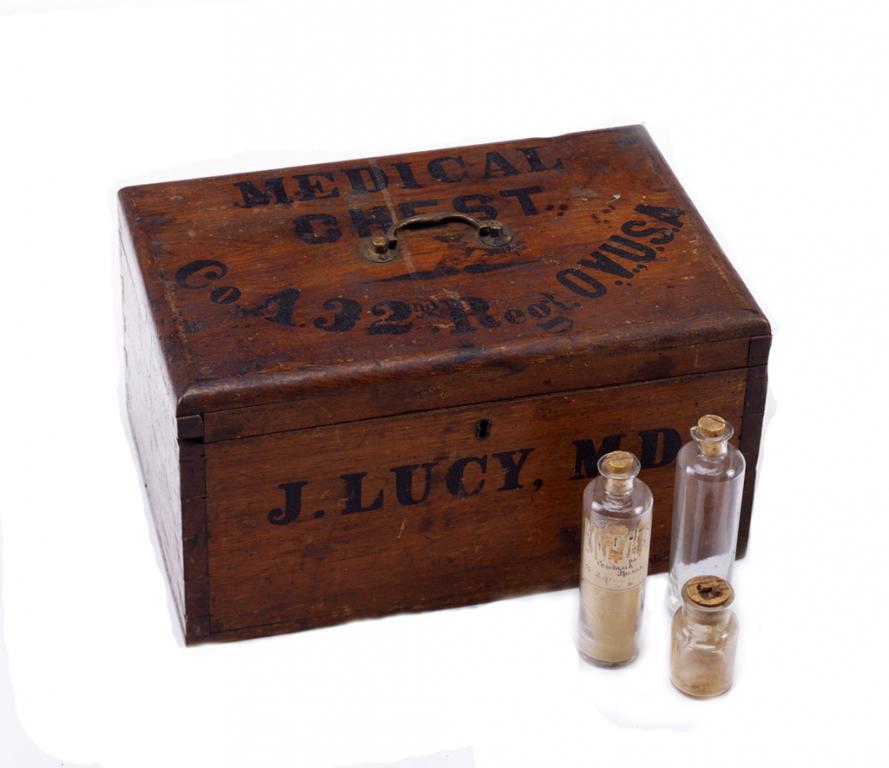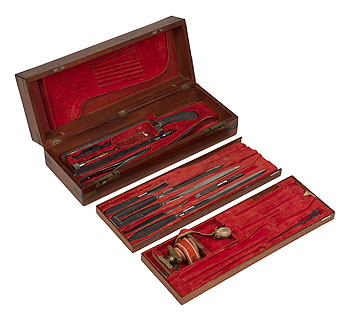It wasn’t bullets, but bacteria and viruses. Antibiotics and antiviral drugs—the effective treatments against these microorganisms—hadn’t yet been discovered. As a result, 416,000 soldiers died of disease while only 206,000 from wounds.
Medically speaking, the Civil War was not a modern conflict. Little was known about the cause or treatment of disease. Bacteriology and virology—fields of study that are at the core of modern medicine—were unknown because microscopes weren’t powerful enough to see bacteria, and electron microscopes that could identify viruses had not yet been invented. Modern drugs that were used included anesthetic chloroform, morphine, opium pills, and quinine.



